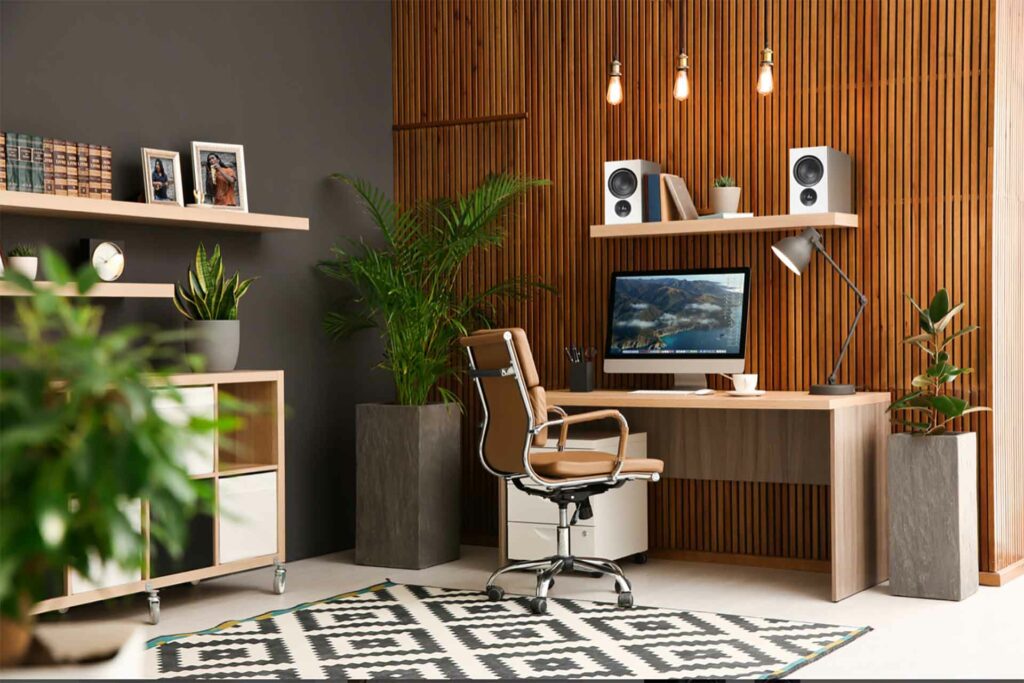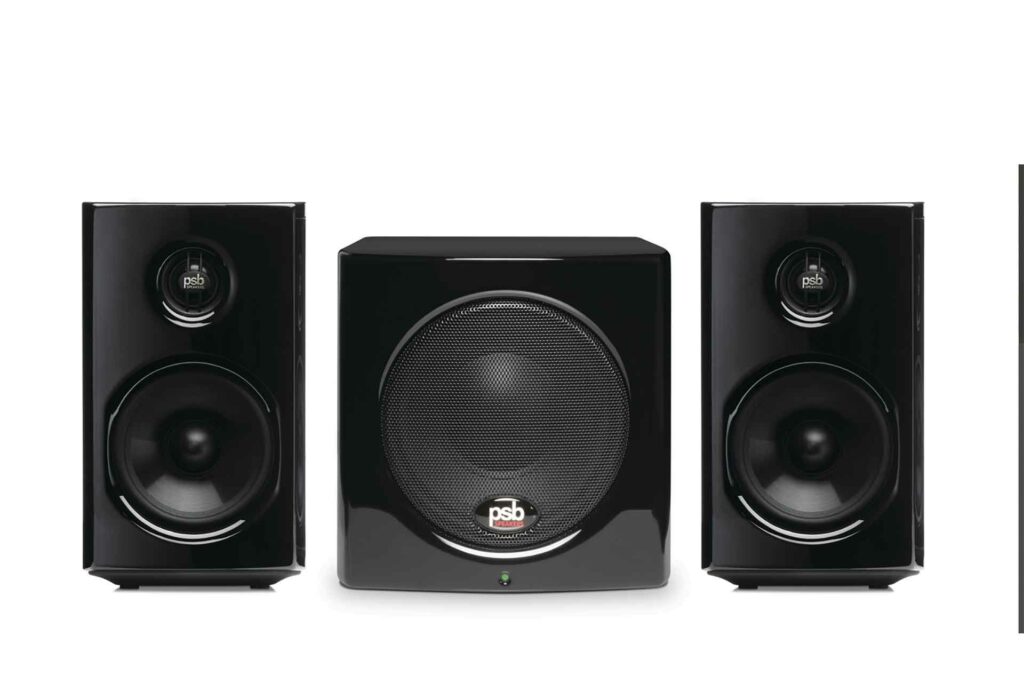PSB Speakers, makers of high-fidelity loudspeakers since 1972, just announced the retail availability of the Alpha iQ, Streaming Powered Speakers with BluOS, the brand’s first pair of wireless streaming bookshelf speakers that integrate control, source and amplification. The Alpha iQ in black and white finishes, are now shipping and can be ordered on PSBSpeakers.com or participating retail locations priced at $1,499 USD.

Key Highlights of the PSB Alpha iQ Streaming Speakers
- 4 inch polypropylene mid-bass driver with steel basket and rubber surround
- 0.75 inch aluminum dome tweeter with neodymium magnet and ferrofluid cooling
- Fully active design, with DSP crossover and dedicated amplifiers for each driver: 60W for each woofer and 30W for each tweeter
- Tuned port and DSP-enabled bass extension for excellent LF performance
- Low-latency wireless connection between the primary and secondary speakers for tangle-free installation
- Ethernet, Wi-Fi, and Bluetooth connectivity
- Built-in network streamer like the BlueSound Node (read the review) based on the award-winning BluOS multi-room music platform
- Integrated support for more than 20 streaming services, including several that offer lossless and high-resolution audio
- Music can be played through as many as 63 additional BluOS-enabled components like the BlueSound Powernode Edge (read the review)
- Audiophile quality DAC with maximum resolution of 24-bit/192kHz
- MQA decoding and rendering capability for high-res streaming from Tidal
- Apple AirPlay 2 support for streaming from iPhones, iPads, and Macs
- Spotify Connect and Tidal Connect
- MM phono, HDMI eARC, optical, and auxiliary inputs
- USB port for connecting an external drive containing music files
- Subwoofer output with DSP-enabled low-pass and high-pass filters
- Support for Control4, Crestron, ELAN, RTI, and URC home-control systems
- Support for Alexa, Google Assistant, and Apple Siri voice control
- IR learning capability for operating the Alpha iQ with harmonized remotes

PSB’s Audiophile Speaker Design and Mr. Paul Barton
In the world of high-fidelity loudspeakers, PSB occupies a distinct space—one that balances scientific rigor with musical intuition. Founded in 1972 by Canadian engineer and lifelong music lover Paul Barton, PSB (short for Paul and Sue Barton) has become a trusted name in both the audiophile and mainstream audio markets. What sets PSB apart isn’t just the build quality or the price-to-performance ratio—it’s the brand’s long-standing commitment to speaker design grounded in acoustic research, much of it conducted in collaboration with Canada’s famed National Research Council (NRC).
Paul Barton didn’t arrive at speaker design from a corporate background or a marketing department. His journey started in earnest as a violinist with a deep appreciation for tonal accuracy and musical realism. That musical sensitivity has always informed his engineering. From the beginning, Barton believed that the job of a loudspeaker wasn’t to editorialize or impress—it was to faithfully reproduce the original performance, whether that be a jazz trio, a full orchestra, or a gritty rock band. This design philosophy has guided PSB for over five decades.
In the late 1970s and early ’80s, Barton became one of the first loudspeaker designers to conduct serious measurement work at the NRC in Ottawa. At the time, it was rare for speaker manufacturers—especially smaller companies—to base their designs on controlled, peer-reviewed scientific testing. But Barton wasn’t interested in guesswork or anecdotal tuning. He wanted to understand how speakers behave in real-world rooms, how human hearing interprets different frequencies, and how design decisions affect subjective listening experiences.
This work at the NRC would become the foundation for the “Canadian school” of speaker design, a lineage that includes other respected brands like Paradigm and Energy. The key principles included flat on-axis response, smooth off-axis dispersion, low distortion, and tight integration between drivers and crossover networks. These values weren’t just theoretical—they translated into speakers that consistently performed well in blind listening tests and subjective evaluations.
Over the years, Barton and his team developed a wide range of speaker lines, from compact bookshelf models like the Alpha series, to floorstanders in the Image, Synchrony, and Imagine lines. Regardless of price point, all PSB speakers shared common design DNA: clarity, neutrality, and an ability to reveal the fine details in recordings without ever sounding harsh or clinical. This made them particularly popular among both audiophiles and recording professionals looking for an accurate yet engaging speaker.
One of PSB’s enduring strengths has been its ability to scale design principles across product tiers. While the flagship Synchrony series shows off the brand’s full design and materials capabilities, even entry-level models like the Alpha P5 carry that same sonic signature. For budget-conscious buyers looking for an honest loudspeaker, PSB often lands on shortlists—because it doesn’t cut corners where it counts: driver quality, cabinet construction, and measured performance.
Beyond traditional two-channel speakers, PSB has also been a player in surround sound, custom installation, and personal audio. Their subwoofers, on-wall speakers, and in-ceiling options have been well-regarded by custom installers for their reliability and tonal consistency with the company’s main speaker lines. In recent years, the company has also ventured into headphones, applying the same psychoacoustic principles used in loudspeaker design to develop comfortable, accurate-sounding personal audio products.
In 1996, PSB was acquired by Lenbrook International, a Canadian company that also owns NAD Electronics and Bluesound. This move allowed PSB to maintain its design autonomy while benefiting from shared resources in manufacturing, distribution, and digital audio integration. Importantly, Barton remained the face and engineering voice of the brand, continuing to lead product development and uphold the company’s values.
Even after more than 50 years in the business, Paul Barton has remained deeply involved in the day-to-day details of speaker design. He can still be found in listening rooms, anechoic chambers, and R&D labs—measuring, tweaking, and, most importantly, listening. That continuity has helped PSB maintain a sense of identity even as the industry around it has evolved.



